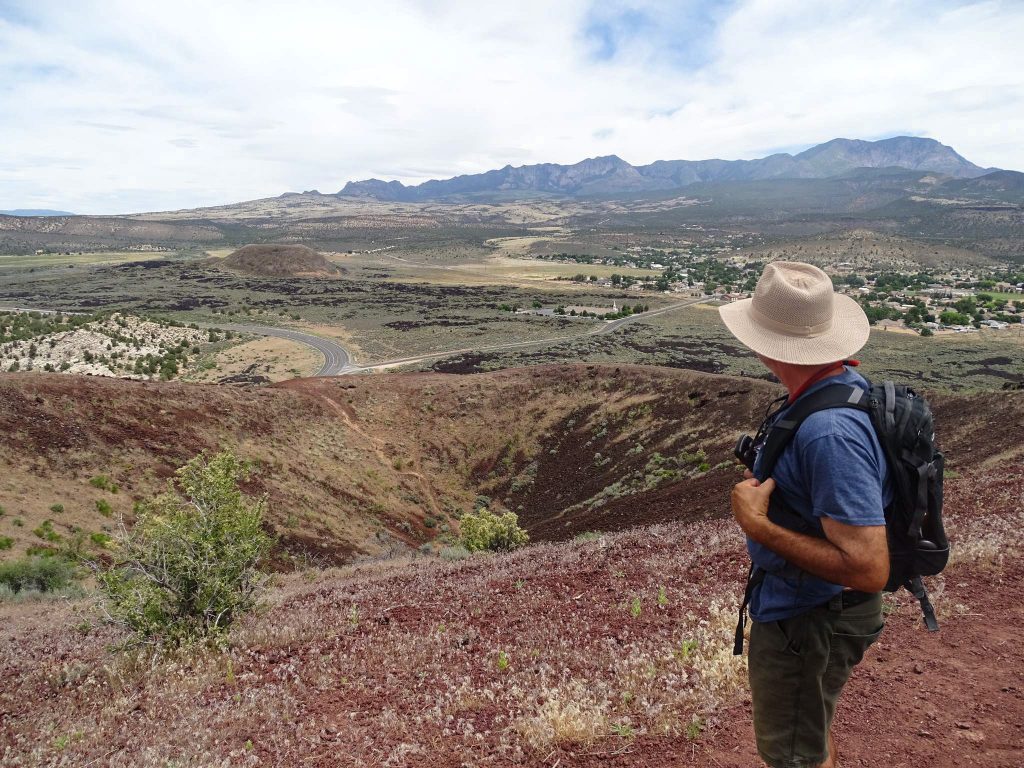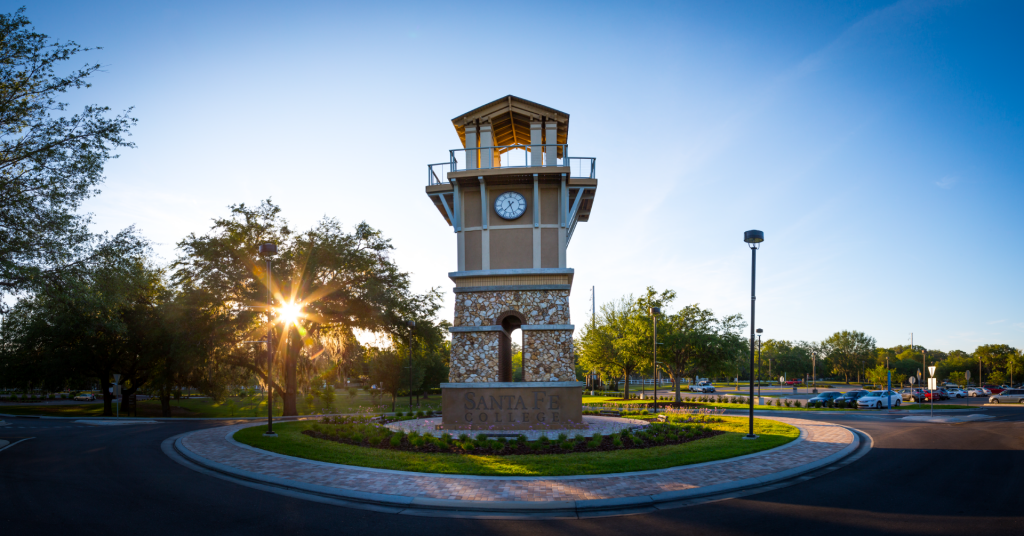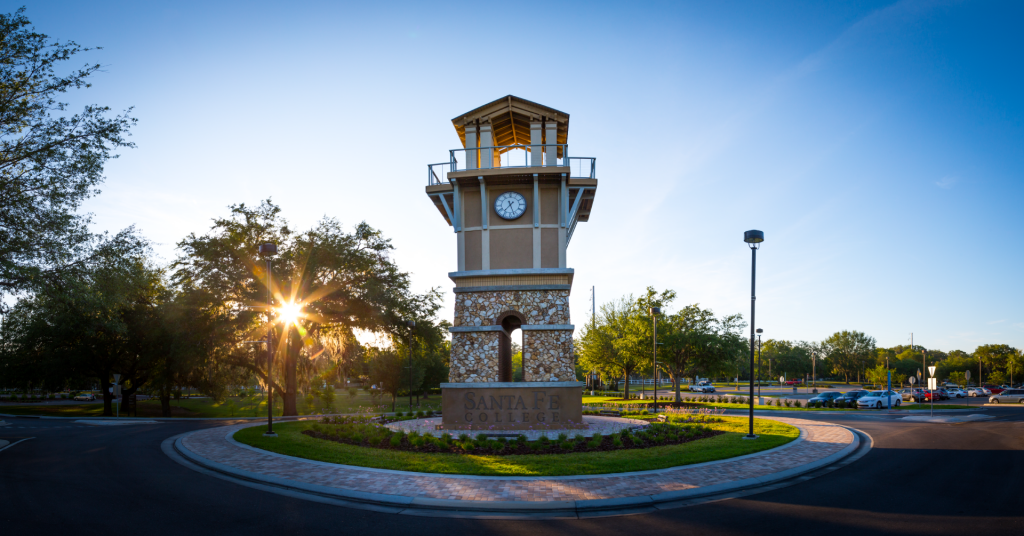SF Students Explore U.S. Southwest During Inaugural National Studies Trip

July 22, 2024
July 22, 2024 – The first national travel studies trip under the Museum of Earth Science led students from Santa Fe College to an unforgettable exploration of the United States' southwest this Summer from May 24 to June 4.
Led by three faculty members in the Natural Sciences Department, Designated Faculty Member Glynn Hayes, Associate Professor Melanie Roberti and Professor Greg Mead, eight students from diverse academic backgrounds embarked on a travel experience that integrated classes in Geology, Earth Science, and Environmental Science with hands-on, real-world experiences in a vastly different environment from Florida.
The itinerary spanned iconic locations such as the north rim of the Grand Canyon, Bryce Canyon, Zion National Park, and the Grand Staircase-Escalante National Monument. Amid these breathtaking landscapes, students unearthed dinosaur bones and other fossils in the terrain of the Grand Staircase, observed the geology and environment by hiking into the national parks and monuments, and experienced many personal milestones.
For the students, Jocelynn White, Julie Brown, Nya Wimes, Madison Rich, Bailey Raymond, Ethan Blair, Devon Sellack, and Olivia Stoutamire, this journey marked significant and what some students termed life changing experiences.
Several experienced air travel for the first time and none of the students had previously explored the southwest United States.
One student commented afterward: "This was such an amazing trip! The mountains and geography were absolutely breathtaking, so very different from Florida. Dinosaur footprints, fossils, canyons, and everything else that we saw was amazing to experience up close and personal."
The students even elected a trip mascot – the Kaibab squirrel – an endangered species of squirrel found only at the north rim of the Grand Canyon.
Beyond geological exploration, the trip also fostered a multidisciplinary approach by creating connections with Navajo students at a Coconino Community College campus in Page, Arizona.
The students met with Coconino's Education Director Kay Leum and engaged with local Navajo students and culture firsthand. They attended a Navajo market, sampled traditional foods, and were exposed to the Navajo language, broadening their cultural awareness and appreciation. This cultural exchange laid the groundwork for future collaborations, including plans to host Navajo students in Florida as part of an exchange initiative.
The trip was facilitated under the expanding Santa Fe College Museum of Earth Science, a pioneering endeavor in collaboration with the International Education Center under Marcella Murillo and Matt Michel.
"This inaugural travel study did exactly what we had hoped," Hayes said. "Not only did it enhance students' academic growth but also exemplified a commitment to fostering new national perspectives and scientific learning. This program provided a model of what future national studies programs can accomplish.
"We will be leading another trip to this region next year."
Hayes said the goal is to expand national travel studies to include more faculty in other disciplines like art, social sciences, math and trades, and to broaden the regions of the U.S. to visit.
For many students, traveling to other countries can be intimidating and the cost can be out of their reach. National travel studies allow them to begin to explore outside of Florida, first in their own nation.
The inaugural national travel studies trip to Utah and Arizona was a great example of the transformative power of experiential education.
By blending academic rigor with real-world exploration, Santa Fe College provided students with a profound educational experience that will resonate throughout their academic and personal lives.
Enriched by their discoveries, experiences, exposure to different landscapes, and cultural encounters, these students carry forward a legacy of curiosity, collaboration, and academic excellence to share with their fellow students at Santa Fe College.


